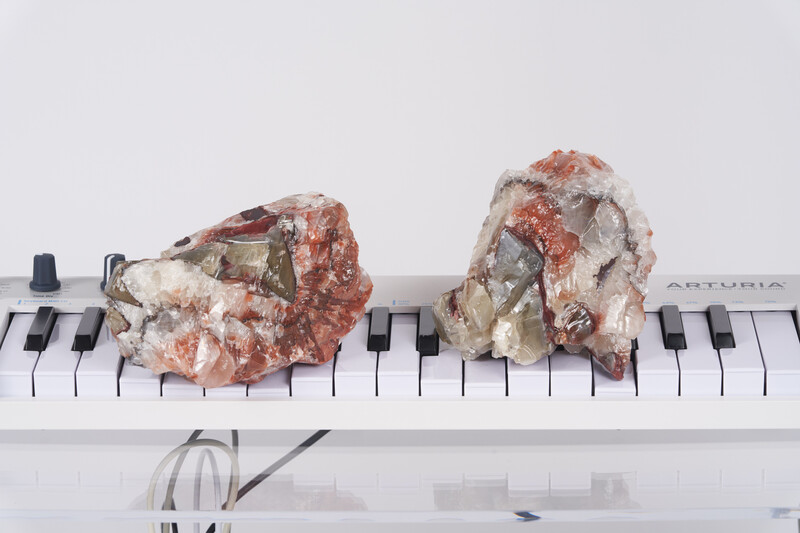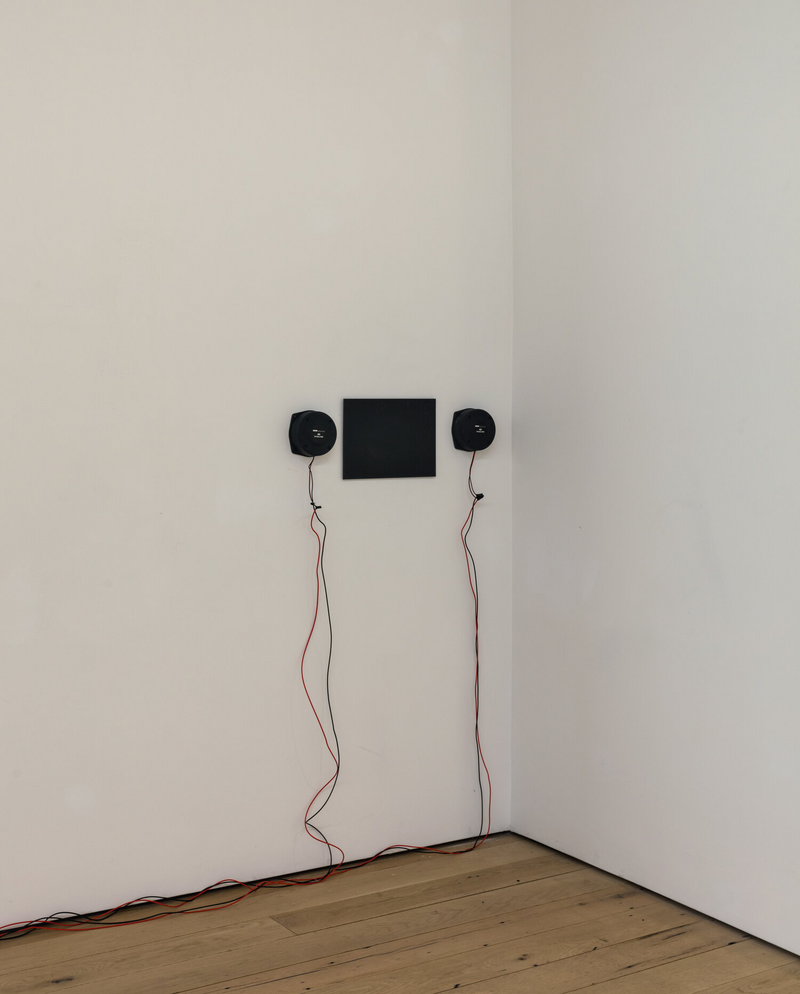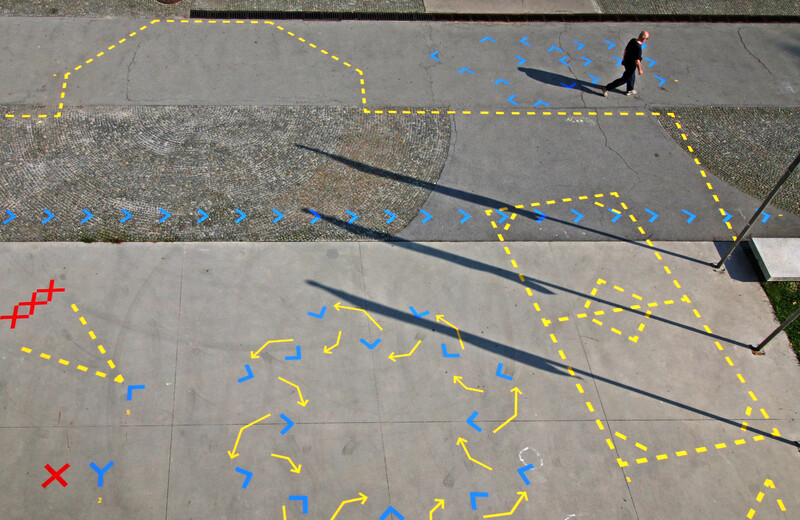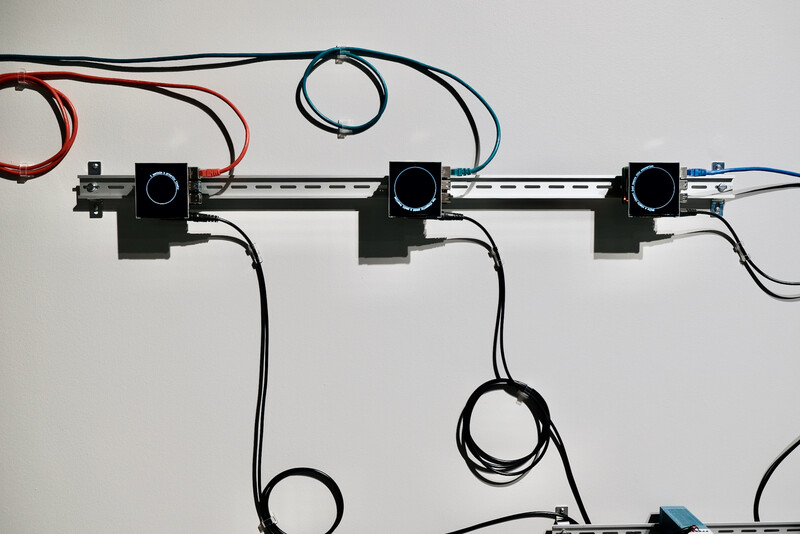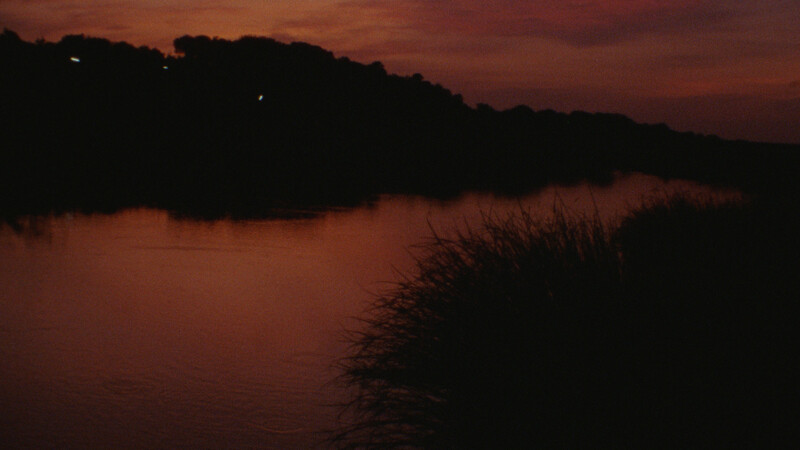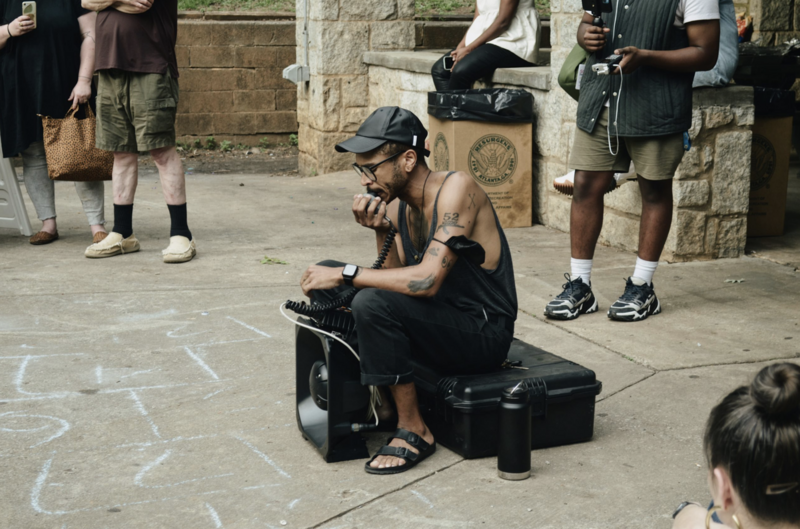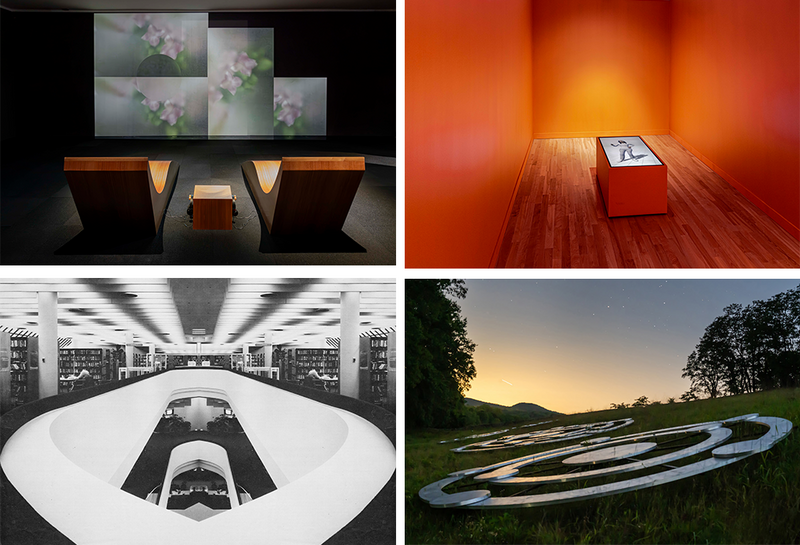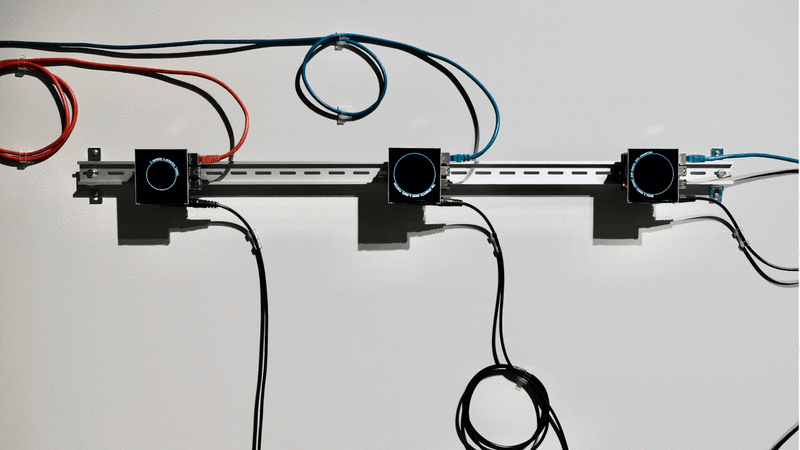
The “art gallery problem” is a well-known math problem with a simple premise: what is the minimum number of guards or surveillance cameras necessary to observe an entire gallery? Across different layouts and floorplans, the art gallery problem challenges math students to achieve full surveillance of a space using the minimum labour or technology. In mathematics, the problem is fundamental enough to have spurred scores of textbooks, articles, and derivative problems.1 The problem is not put to use by major museums and galleries, however, despite replicating their standard operations. While mathematicians might see the art gallery problem as an everyday problem to solve, for the arts sector, it remains a dominant understanding of art’s presentation.
This exhibition appropriates the art gallery problem as a framework to consider how objects and bodies are put to work in galleries and museums. The “problem” is in fact not singular as posited by mathematicians. Rather, there is far more to the presentation of art than the securitization of objects: there are problems of narrative, representation, hegemony, and access to knowledge.
With this in mind, the art gallery problem highlights a set of underlying assumptions that animate museums and galleries, including surveillance, labour, visuality, law, and ownership. As significant human labour and technologies are mobilized for the preservation and display of objects, it bears asking: Do norms of exhibition and display serve audiences and galleries alike? What are the alternatives to reification, permanence, ownership, and surveillance? What are other ways for living with objects?
Although indebted to the decades-long histories of conceptual art and institutional critique, which have prodded at exhibition-making from all sides, The Art Gallery Problem is envisioned not simply as a critique of gallery norms.2 Rather, it foregrounds ways of seeing objects beyond existing traditions of ownership, spectatorship, and display.
In the Blackwood’s galleries, the exhibition includes artists whose works problematize archives and collections, legal frameworks, visuality, surveillance, and monumentality. Through critical, poetic, and imaginative forms, artists reimagine exhibition practices through works that confront them. A series of public programs extends The Art Gallery Problem into adjacent institutional spaces—atriums, “crush” spaces, theatres, lecture halls—which are themselves designed for similar ends of observation and optimization. In a university context, these spaces play host to departments of mathematics, computation, and technology, whose disciplinary discourses have often adopted these logics. Through performances, screenings, and discussions, additional facets of the “problem” will come into view—including its sociopolitical implications beyond the arts alone.
The exhibition begins with a new commission by Matt Nish-Lapidus, who simulates the art gallery problem using artist-written software and consumer tech. A series of human-scale sculptures serve as proxies for museum guards, outfitted with screens that mimic a surveillant gaze and depict mutating renderings of the gallery. Rather than replicating surveillance technologies, however, Nish-Lapidus inflects his work with hubris, informed by histories of computer-aided design and technological skepticism.
Paolo Patelli and Giuditta Vendrame’s Friction Atlas shares a similar critique of surveillance; they compile laws of public assembly, with a new entry in each exhibition locale. Past versions have chronicled policing of “anti-social” behaviour in Victoria, Australia; campus sanctuary protections in Athens; children’s curfews in Iceland; and restrictions on freedom of assembly in New York City. These laws are illustrated using large-scale floor diagrams in public space. For this presentation, the artists have researched laws in Mississauga and Peel Region to add a new entry to the Atlas, which will be exhibited in the CCT atrium during the exhibition’s final week (February 26 – March 5), while existing materials from Friction Atlas are presented in the galleries throughout the exhibition.
Maïder Fortuné and Annie MacDonell’s The Bird and the Cup examines the effect of architecture on individual bodies. Contrasting two vastly different institutional buildings—the Toronto Reference Library and John P. Robarts Library at the University of Toronto—the artists speculate on feelings of harmony, alienation, or surveillance that buildings might engender. Fortuné and MacDonell’s installation draws on the Toronto Reference Library’s Picture Collection, an eclectic resource which serves as a visual taxonomy of popular imagery since its conception. With images of Robarts and the Reference Library both gleaned from the Collection, the two buildings anchor the artists’ practice of close looking, layering, and contrasting. In their hands, the Collection’s generalizing ambitions give way to difference and introspection.
If artworks are traditionally singular objects offered for visual consumption, artists resist this convention by making works that are multisensory or ineffable. These qualities, such as air or vibration, can elude capture within a framework like the art gallery problem, which can only observe and measure discrete objects. In Nikita Gale’s GRAVITY SOLO III (HYPERPERFORMANCE), calcite stones “play” a keyboard with a droning note that discreetly changes over time. Gale’s work gathers irreconcilable actors in a durational performance: gravity, human finitude, and geologic time. Jeremy Toussaint-Baptiste’s Knockin’ Pictures Off the Wall (Kill Yr Idols) underscores the haptic properties of bass by configuring a car sound system to shake the wall on which it’s mounted. For Toussaint-Baptiste, bass is an ambivalent, inescapable aspect of urban experience that carries deep psychological and physical effects. Knockin’ Pictures Off the Wall emits rhythmic thudding, the result of a subwoofer in creative, iconoclastic misuse.
With similar attention to display practices, Karthik Pandian’s film மனசு (manasu) was catalyzed by the 2020 toppling of the Christopher Columbus statue in Minneapolis. The project emerged from activists’ critique of colonial monuments, which entrench dominant settler storytelling in public space. Rooted in long-term collaboration, Pandian’s expansive project “braids Indigenous prophecy, Black music, and mythological film to challenge the colonial monument’s claim on space and time.”3 In மனசு (manasu), relationship-building, inter-cultural solidarity, and performance serve to resist to the permanence and pomp of civic monuments.
Ultimately, The Art Gallery Problem strives to share epistemologies of art that elude ownership and permanence. Through their durational, temporary, or ineffable qualities, these works embody alternatives to the norms of museum practice. Against the logic of mathematically optimized surveillance that the art gallery problem entrenches, this exhibition echoes Pandian’s call “to loving destruction, to mourn, renew, and re-enchant the world; to turn away from the pedestal and towards one another.”4
—Fraser McCallum
Programs
The Art Gallery Problem is accompanied by performances, screenings, and discussions that extend and elaborate works in the exhibition, and expand and complicate the curatorial premise.
Public programs engage with institutional spaces adjacent to galleries—atriums, “crush” spaces, theatres, lecture halls—which are designed for similar ends of observation and optimization. With these programs, additional facets of the “problem” come into view—including its sociopolitical implications beyond the arts alone.
All programs are free and open to the public.
The Art Gallery Problem
Program Contributors: Naisargi N. Davé, Mike Forcia, Sneha Mandhan, Robyn Maynard, Karthik Pandian, Paolo Patelli, Brendan Philip, Scott Sorli, Jeremy Toussaint-Baptiste
Curator: Fraser McCallum
Artist Projects
Programs
Installation Views
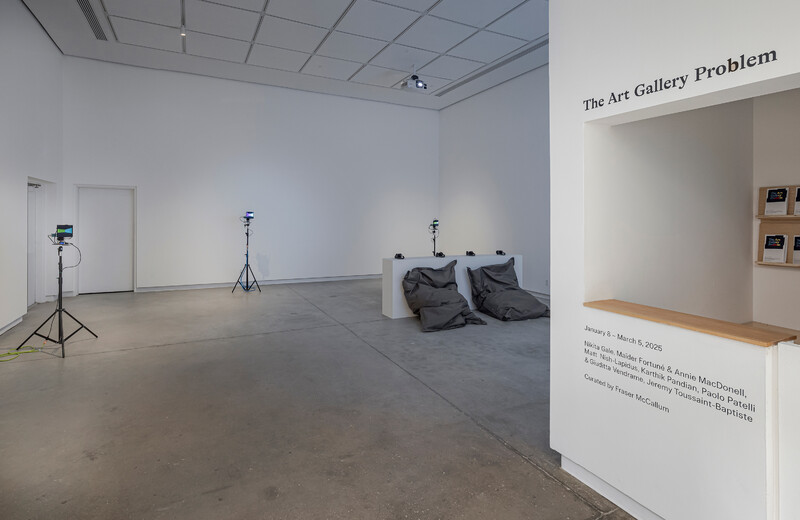
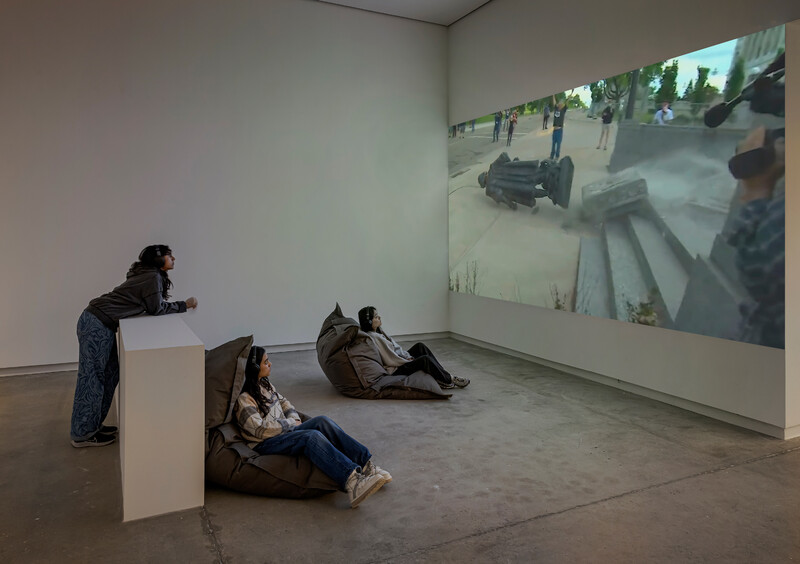
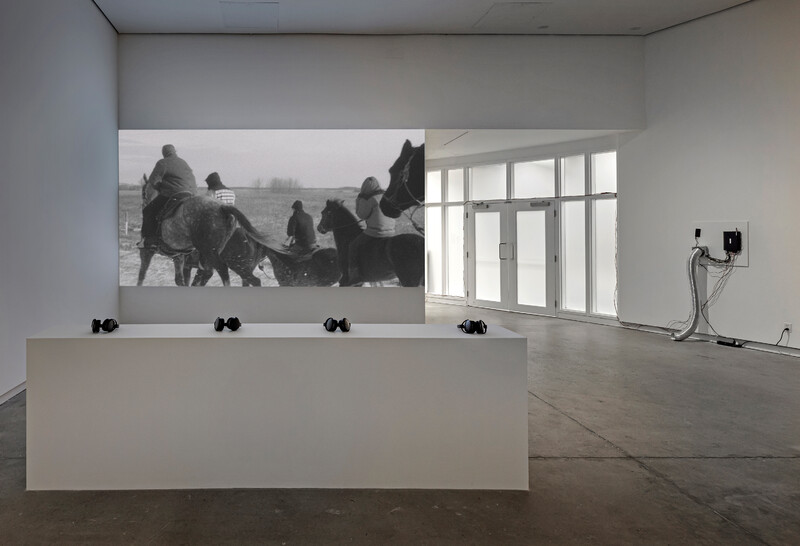
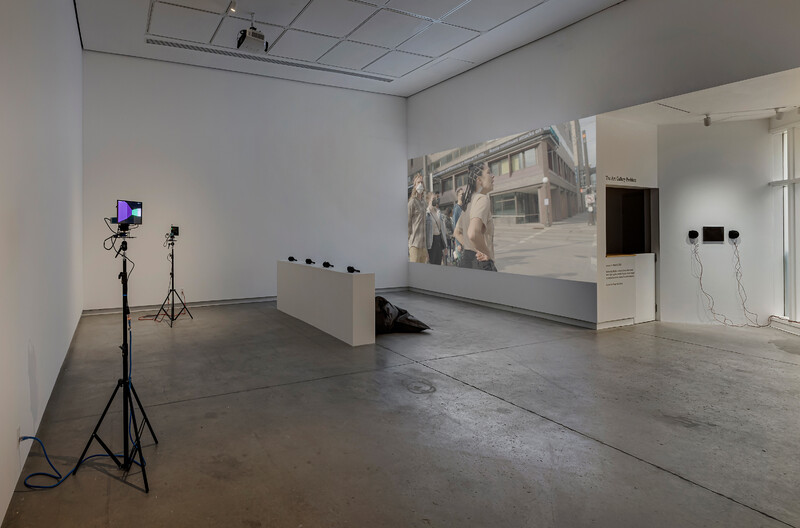
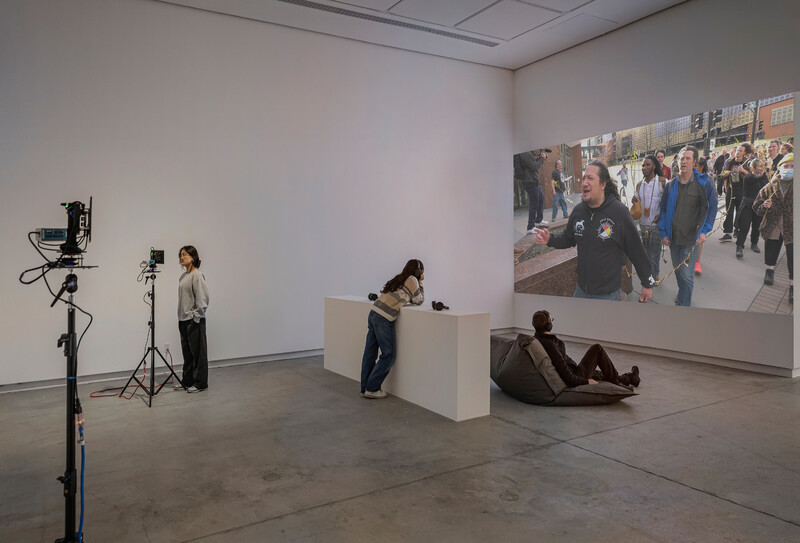
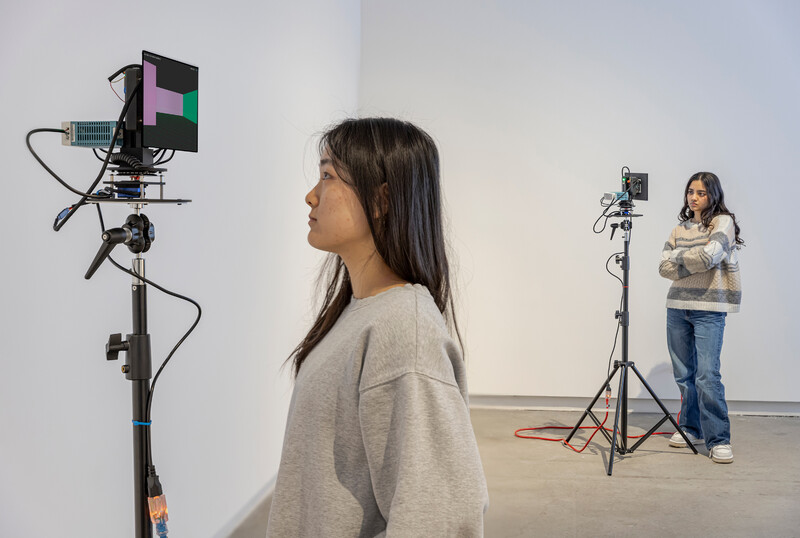
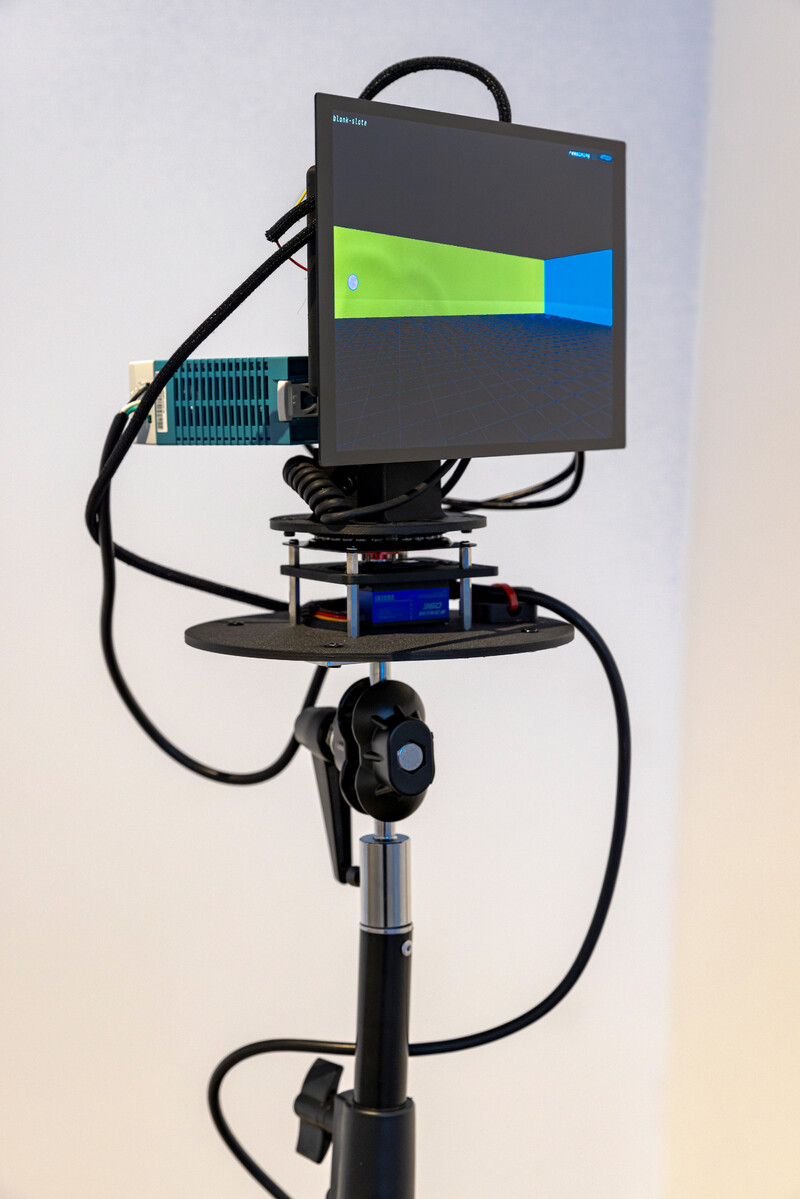
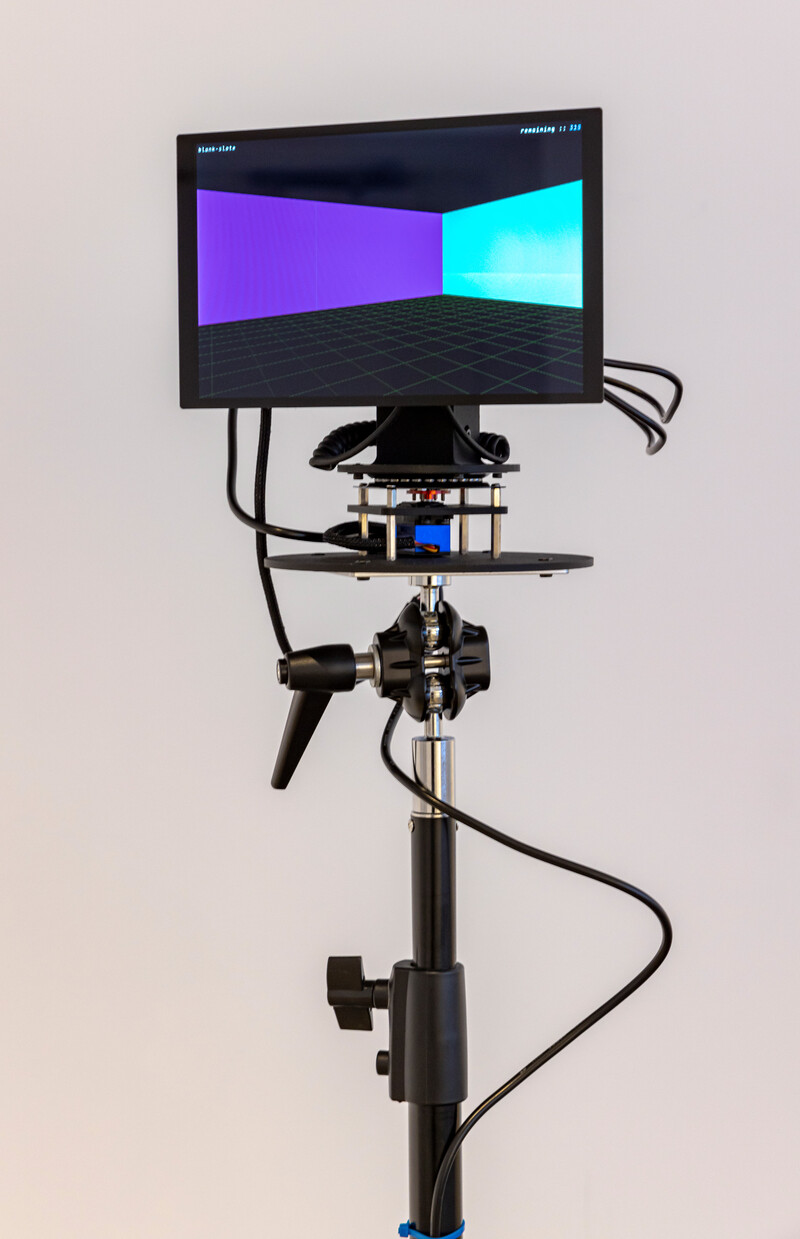
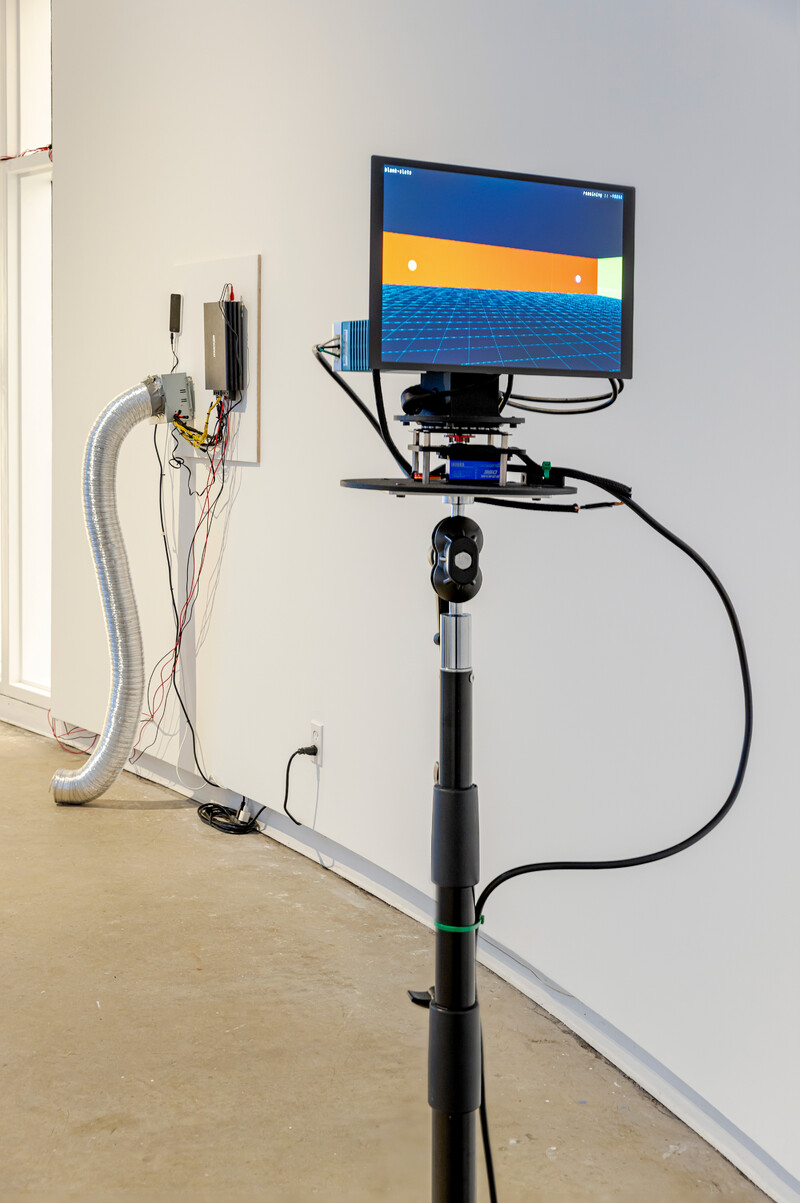
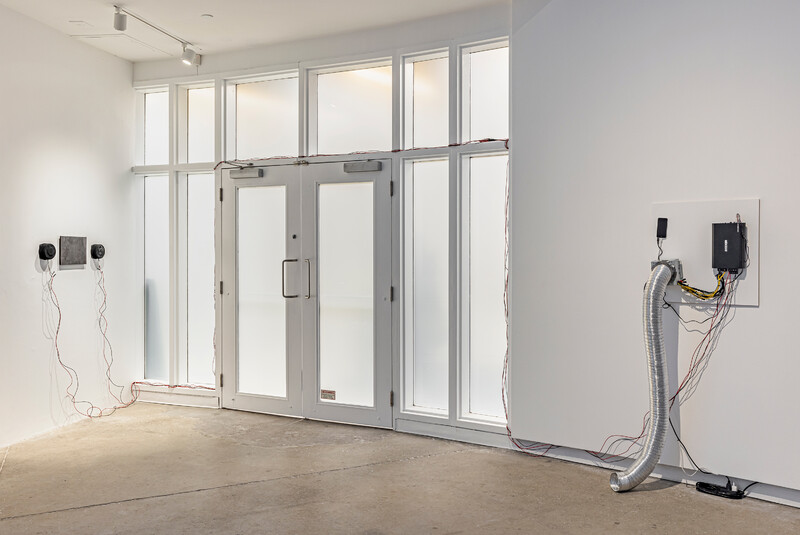
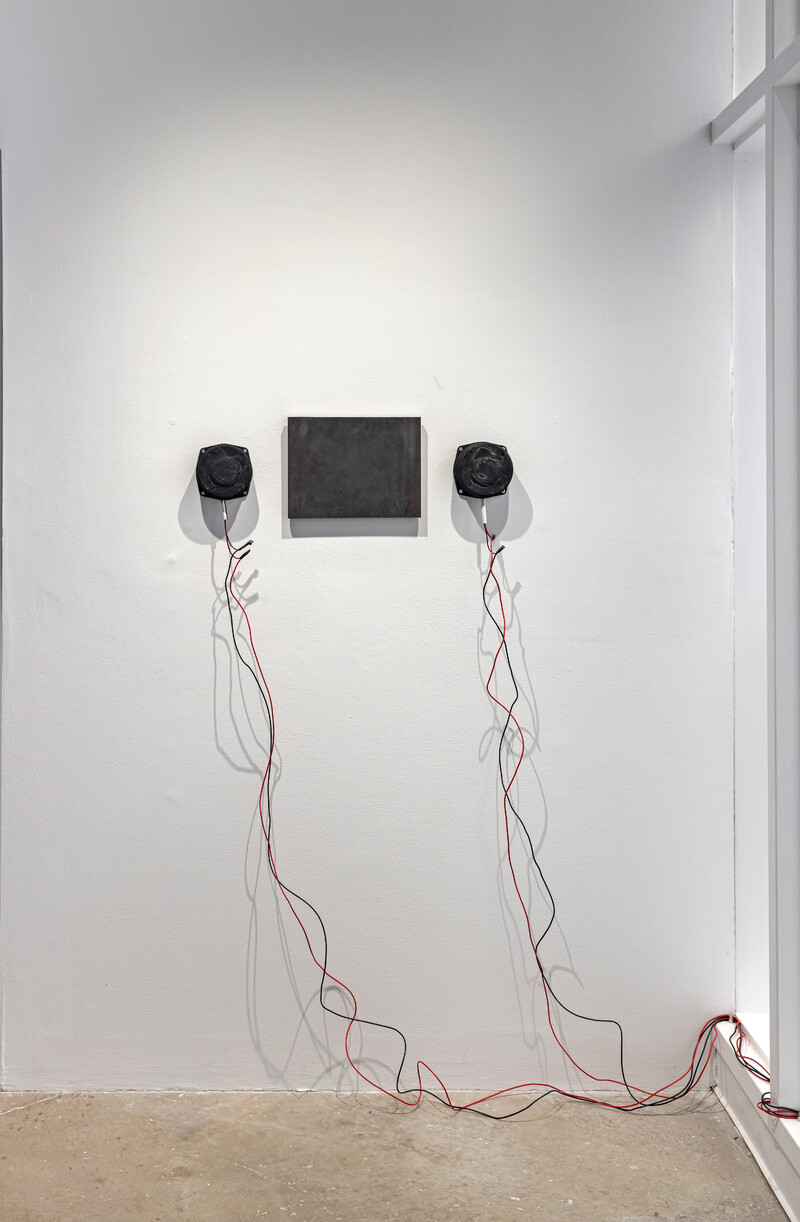
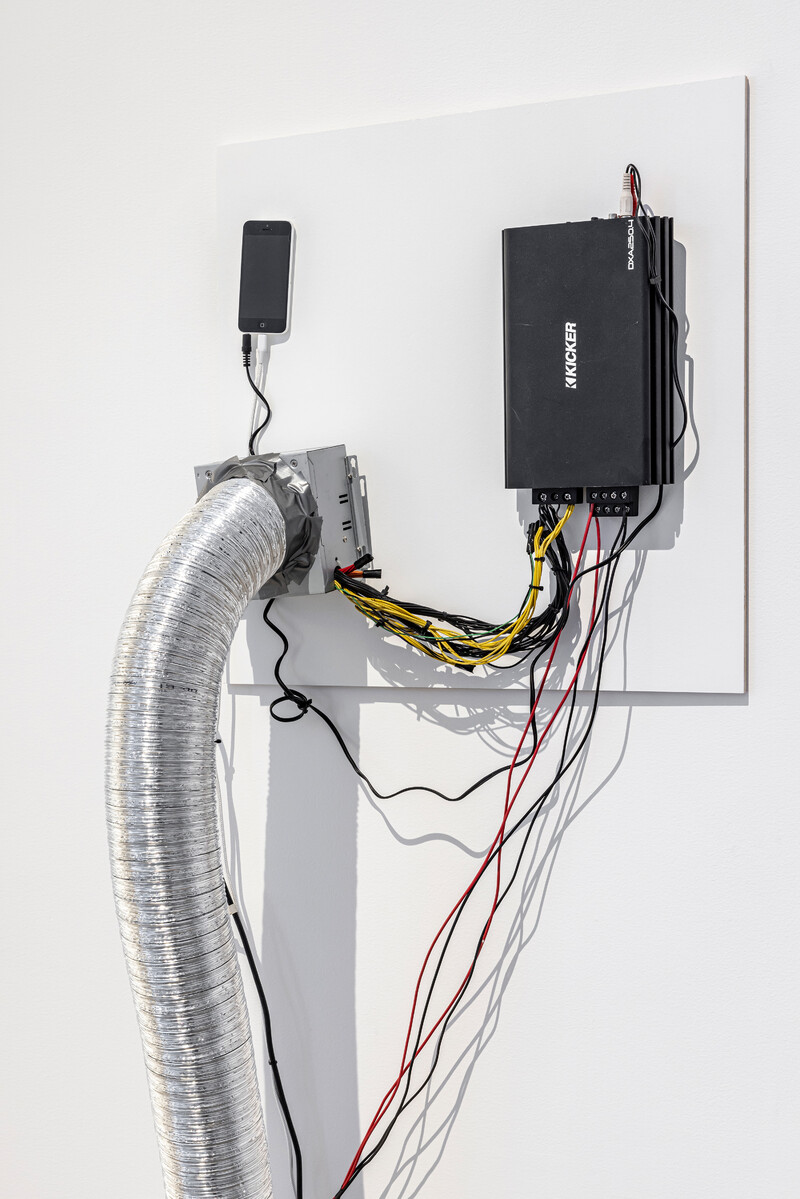
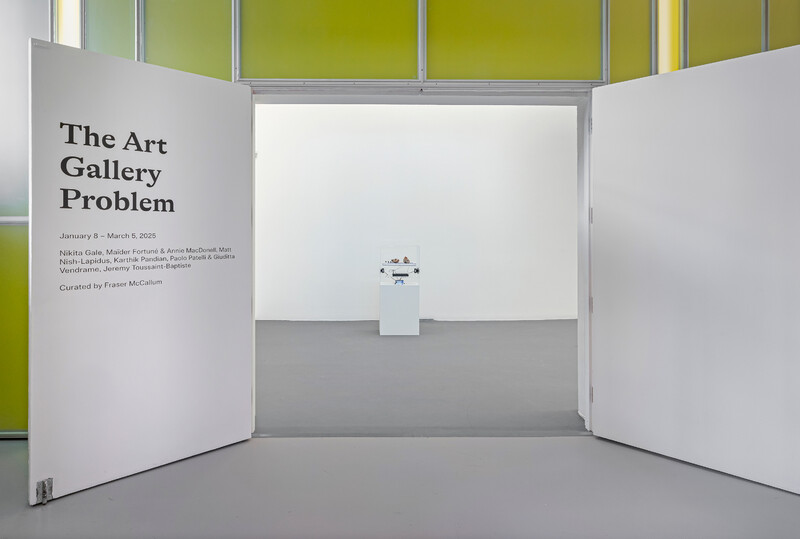
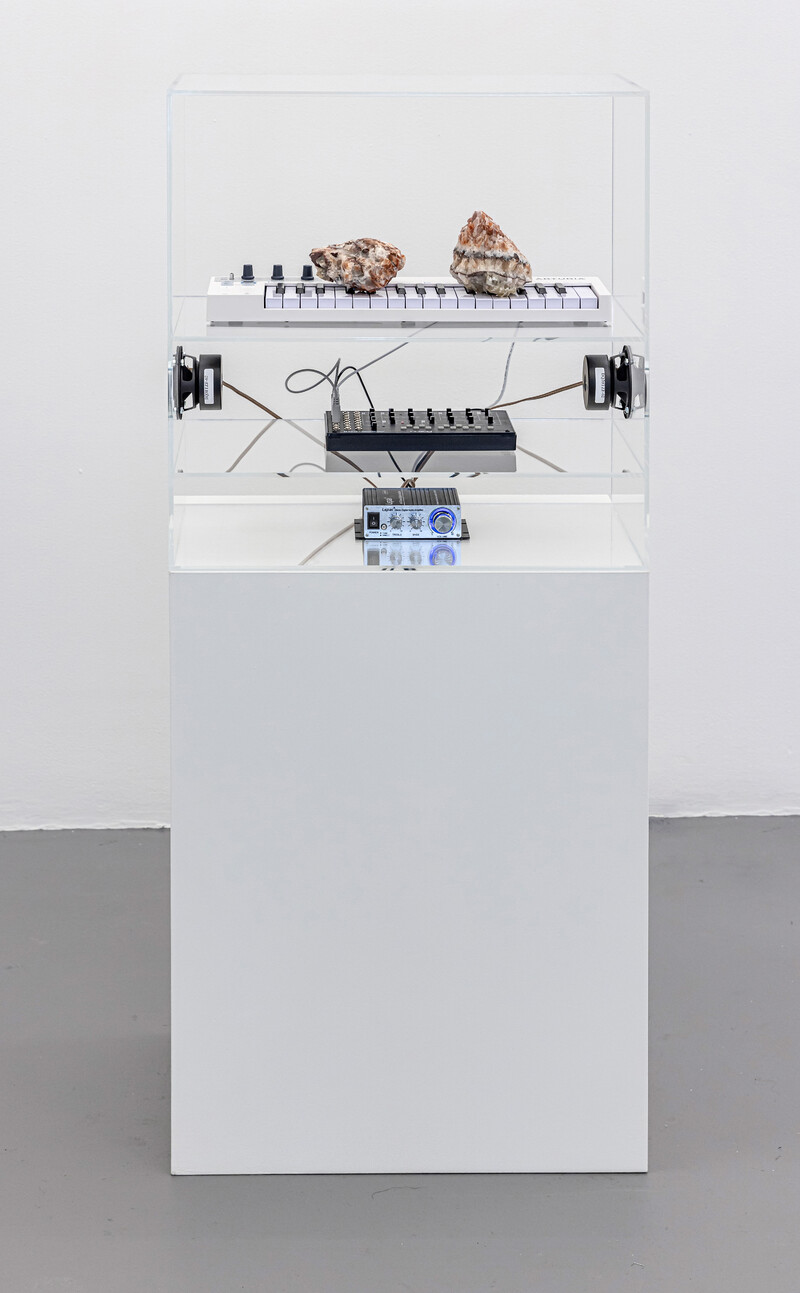
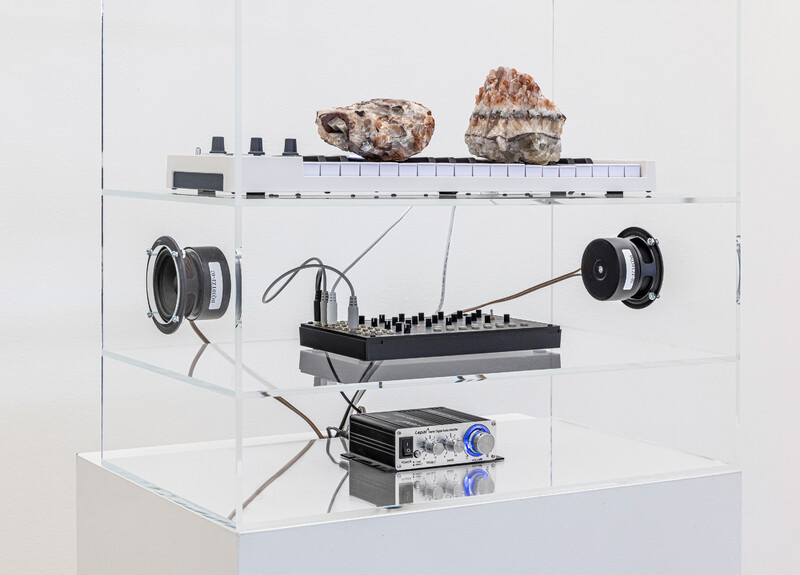
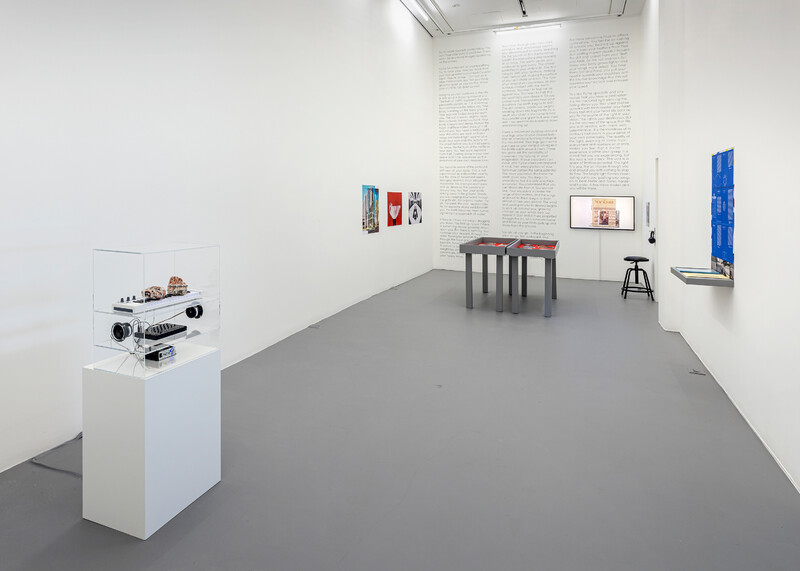

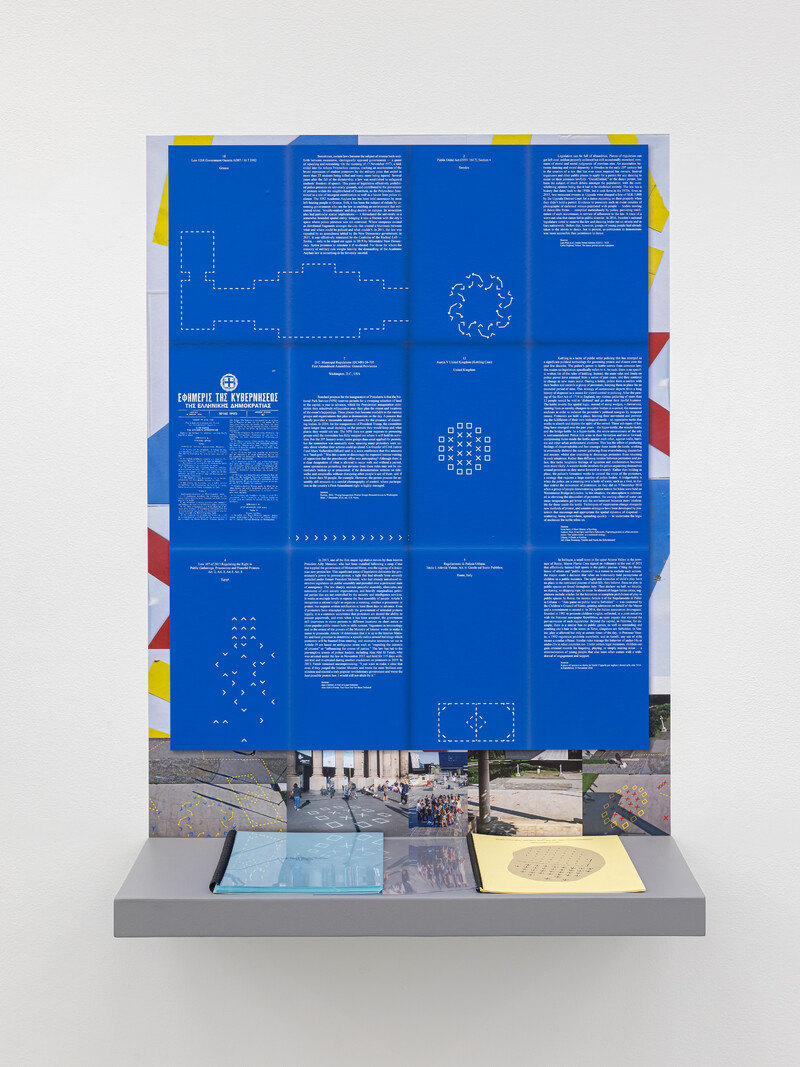
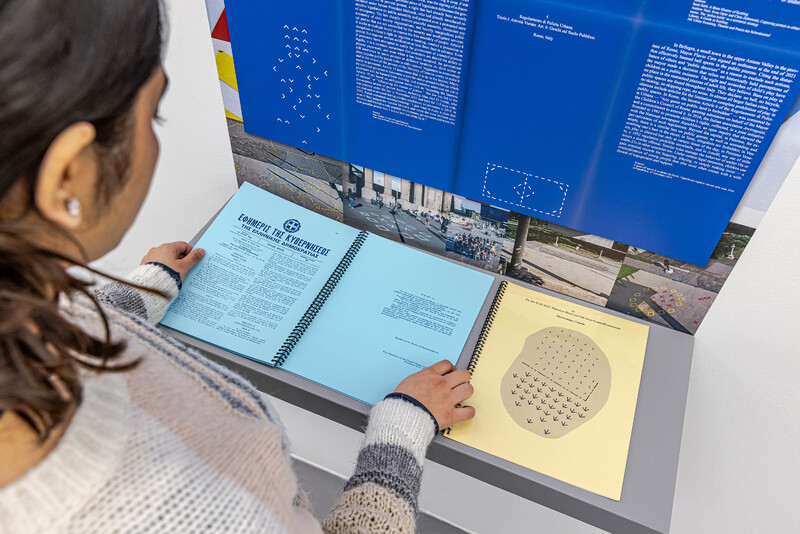
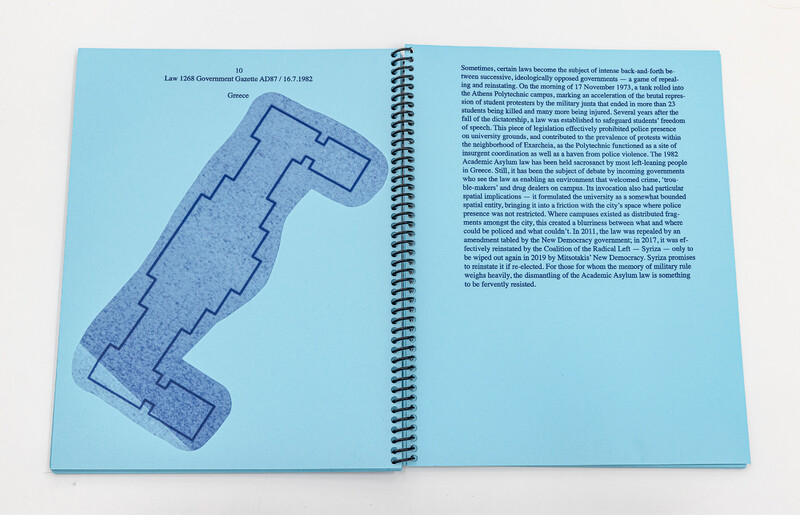
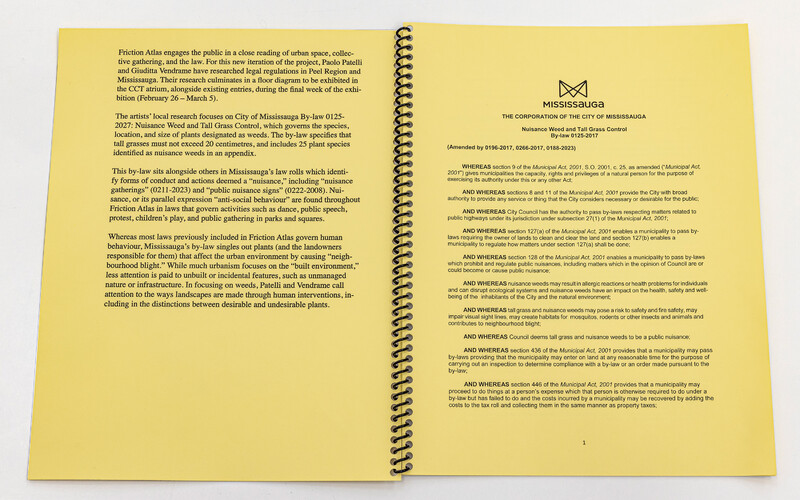
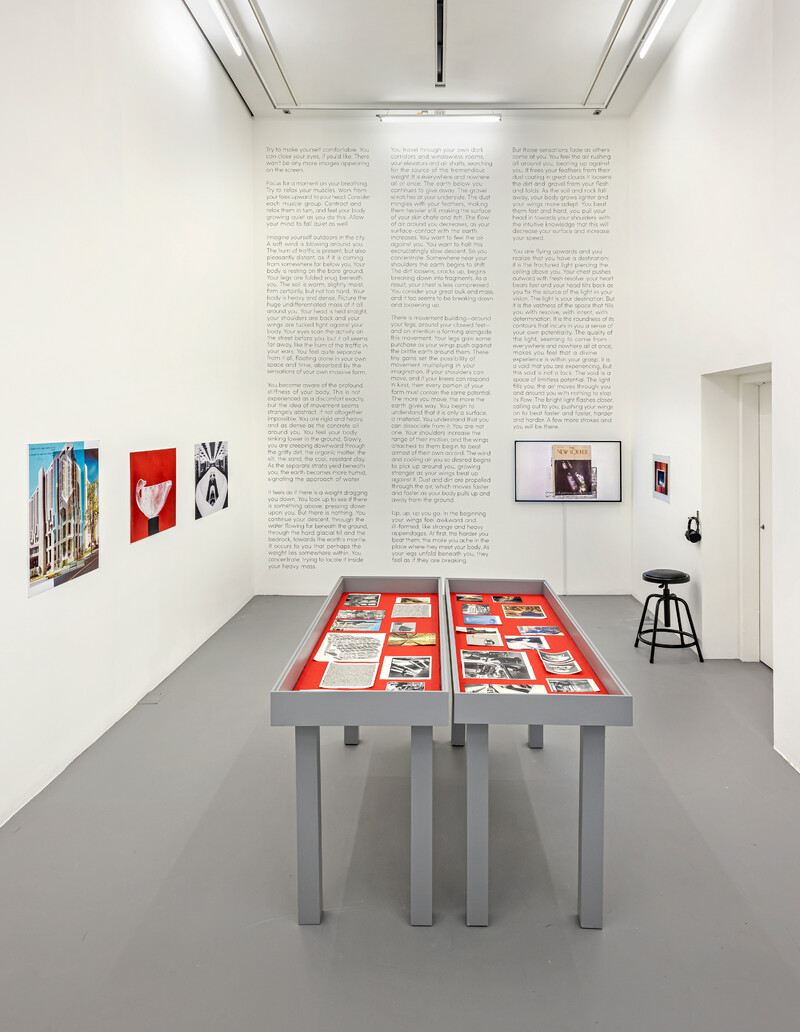
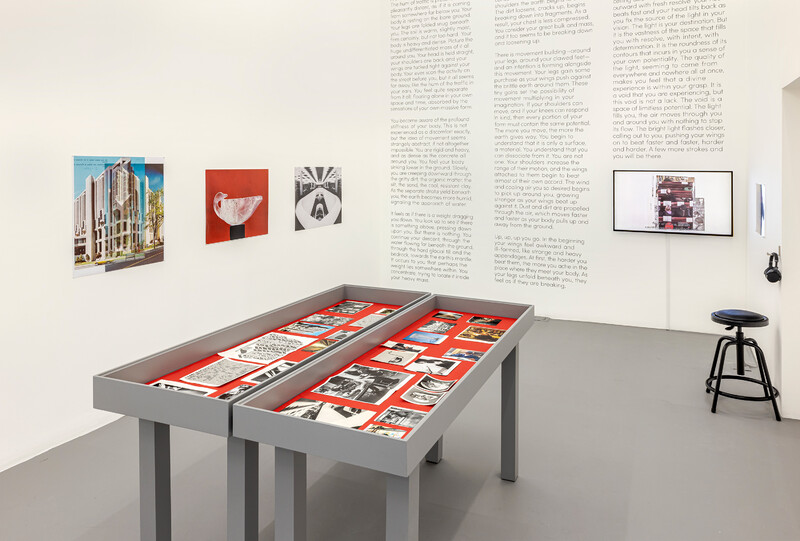

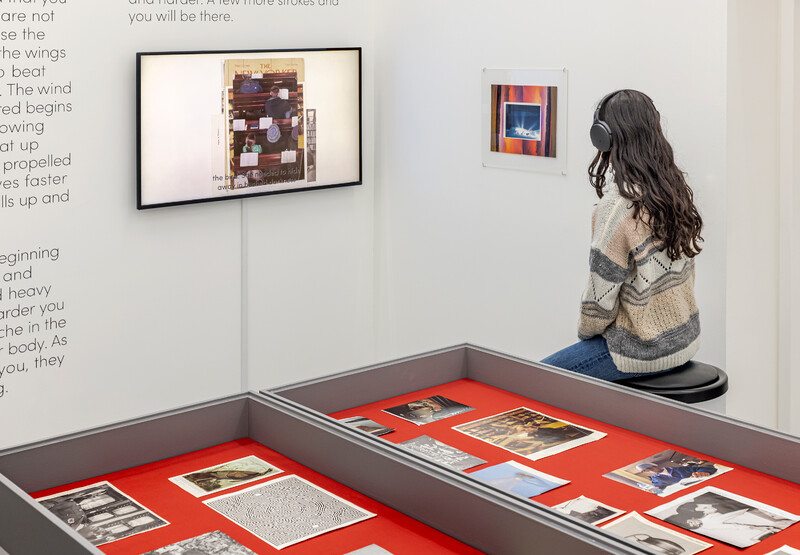
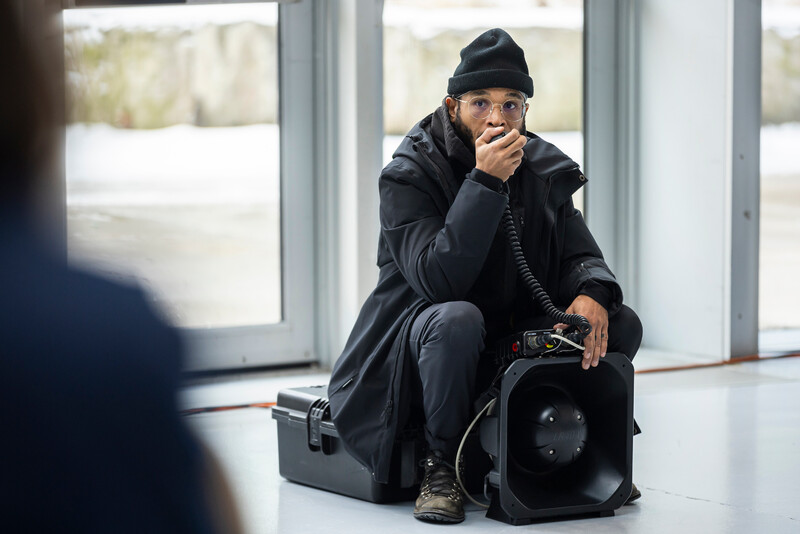
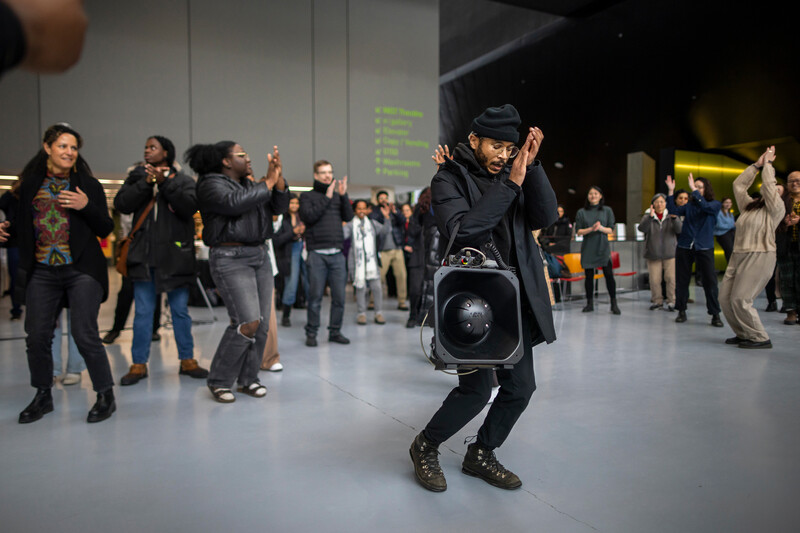
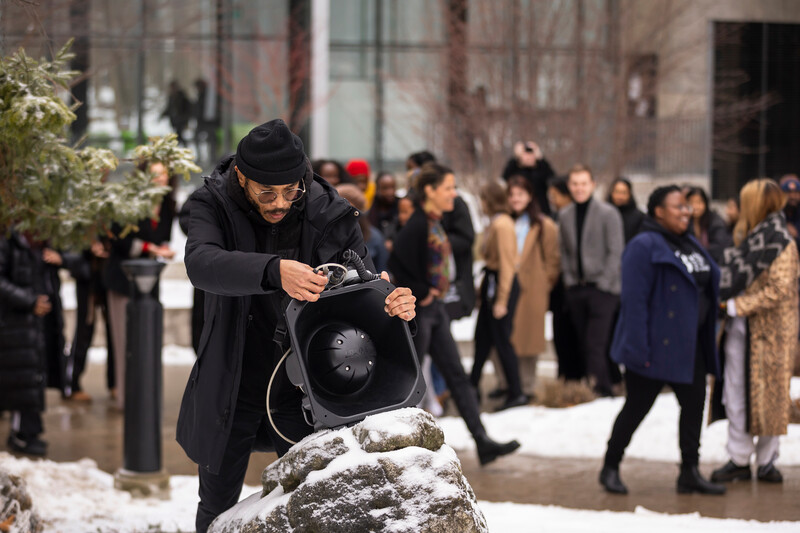
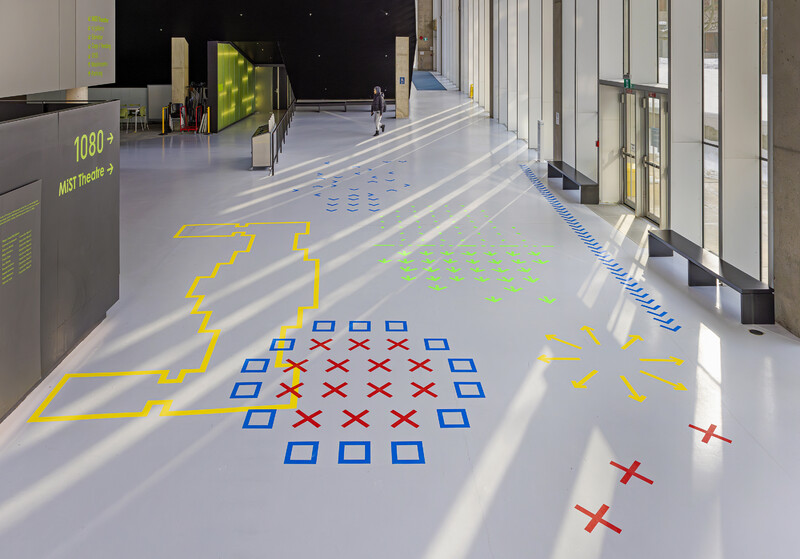
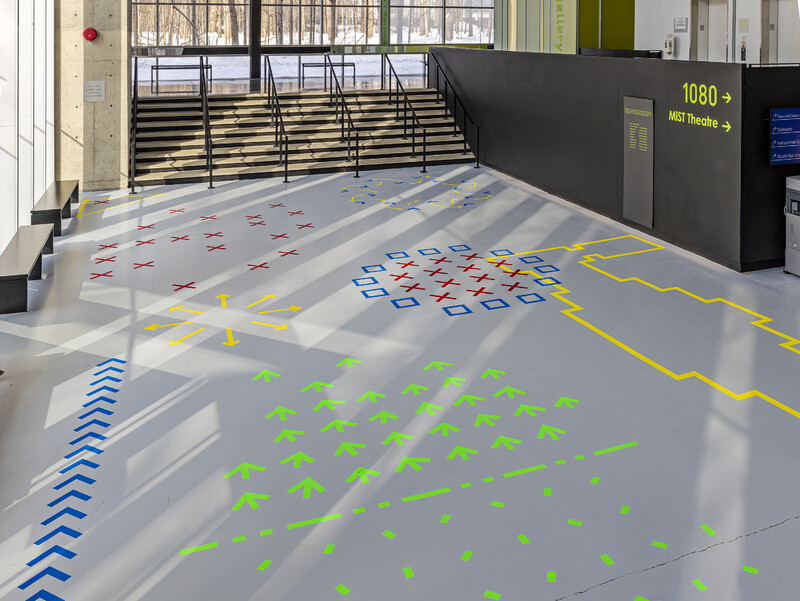
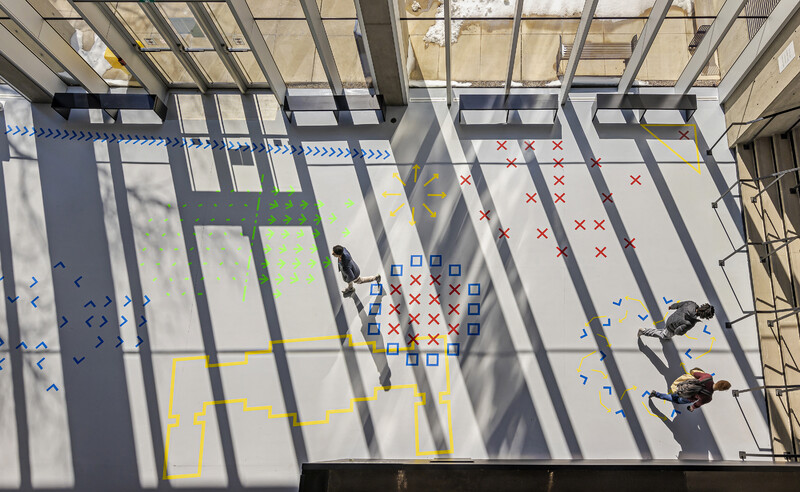
- Artists
- Nikita Gale
- Maïder Fortuné & Annie MacDonell
- Matt Nish-Lapidus
- Karthik Pandian
- Paolo Patelli
- Jeremy Toussaint-Baptiste
- Giuditta Vendrame
- Program Contributors
- Naisargi N. Davé
- Mike Forcia
- Sneha Mandhan
- Robyn Maynard
- Karthik Pandian
- Paolo Patelli
- Brendan Philip
- Scott Sørli
- Jeremy Toussaint-Baptiste
- Curator
- Fraser McCallum
Fabrication support: Joel Robson, Allie Smith
Special thanks to partner organizations and supporters: Francis Cody, Gloria Di Folco, Hemalatha Ganapathy-Coleman, Eric Glavin, Heather Hines, Martin Kengo, Veronica Manson, Asad Raza, Afsaneh Tafazzoli, Alberto Zambenedetti

Support for programming is provided by Black at UTM, the Centre for South Asian Critical Humanities at UTM, and the Cinema Studies Institute at the University of Toronto.

Proudly sponsored by U of T affinity partners, Manulife and TD Insurance. Discover the benefits of affinity products!


The Blackwood
University of Toronto Mississauga
3359 Mississauga Road
Mississauga, ON L5L 1C6
[email protected]
(905) 828-3789
The galleries are currently closed.
Facebook | Twitter | Instagram
Sign up to receive our newsletter.
The Blackwood is situated on the Territory of the Mississaugas of the Credit, Seneca, and Huron-Wendat.
